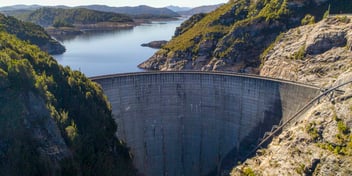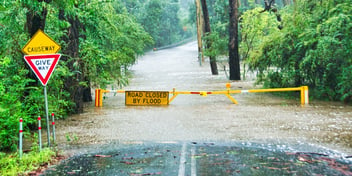Major update for runoff guidelines
Water professionals have been given a new tool to better predict the impact of flooding, after the Australian Rainfall and Runoff guidelines were updated for the first time in almost 30 years.
Produced by Engineers Australia, the ARR guidelines use rainfall and streamflow data, case studies and computer modelling to help engineers and other water professionals understand expected rainfall levels and flows.
ARR Technical Committee Chairman Mark Babister said ARR 2016 represented a significant improvement in best practice for flood modelling.
“Since the last edition of the ARR in 1987, estimation methods have improved significantly and more complex models have been developed, allowing engineers to provide a more robust estimate of flood risk,” he said.
“Now in its fourth edition, ARR 2016 is the first to be entirely based on Australian data, analysing 100,000 storm events and an additional thirty years of data to better reflect Australia’s variable landscape.
“While most people remember the extreme flooding events in major centres that have happened in the last few years, ARR 2016 is equally important to understanding the effects of dryer weather events such as El Niño, particularly as climate change induced extreme weather becomes more common.”
The new guidelines also feature climate change guidelines for the first time, drawing on the most recent climate science from CSIRO, the Bureau of Meteorology and the IPCC Fifth Assessment.
However, Babister said Australia would still need to heavily invest in research into how climate change will affect extreme rainfall and flooding to further refine ARR 2016.
The guidelines are freely available here.


